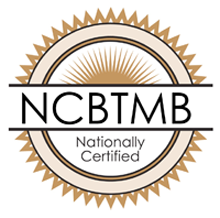What is a Medical Assistant?
In our Kansas City medical assisting school, we train our students to understand and perform the full range of responsibilities that might be expected of a medical assistant, even though, in actual employment, they may prefer to be deployed in a more specialized role, as a phlebotomist, or EKG technician for example.
The role of a medical assistant may often be overlooked in a typical medical office or clinic, but medical assistants actually have a huge impact on the efficiency and productivity of the office. Medical assistants keep clinics running smoothly each day by performing a combination of both administrative and clinical duties.
Although the responsibilities of a medical assistant will vary from office to office, most will perform either clinical duties, including recording medical histories, taking vital signs, explaining treatment procedures, preparing patients for their examinations, collecting laboratory specimens and sterilizing medical instruments; or administrative duties, such as completing insurance forms, billing, scheduling appointments, arranging for hospital admissions and managing medical records.
Medical assistants interact with a large group of people in their careers, including physicians, staff, healthcare professionals, and numerous patients. Multitasking is one of their strong points as their responsibilities often require them to perform in a variety of both clinical and administrative duties.
In our Kansas City medical assisting program, students complete the program in less than a year with courses that focus on anatomy, physiology, medical terminology, laboratory techniques, clinical procedures, pharmaceutical principles, the administration of medications, transcription, record keeping, accounting and insurance processing.
According to the Bureau of Labor Statistics, medical assistants held about 527,600 jobs in 2010. About 62 percent worked in physicians’ offices, 13 percent worked in hospitals, and 11 percent worked in chiropractor, optometrists or other health practitioners’ offices. Projected employment through 2020 is 689,900 jobs.




